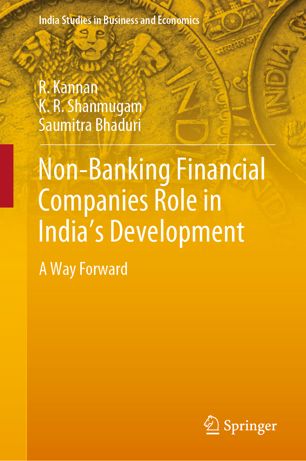

Most ebook files are in PDF format, so you can easily read them using various software such as Foxit Reader or directly on the Google Chrome browser.
Some ebook files are released by publishers in other formats such as .awz, .mobi, .epub, .fb2, etc. You may need to install specific software to read these formats on mobile/PC, such as Calibre.
Please read the tutorial at this link: https://ebookbell.com/faq
We offer FREE conversion to the popular formats you request; however, this may take some time. Therefore, right after payment, please email us, and we will try to provide the service as quickly as possible.
For some exceptional file formats or broken links (if any), please refrain from opening any disputes. Instead, email us first, and we will try to assist within a maximum of 6 hours.
EbookBell Team

5.0
80 reviewsThis book examines the trend and growth of non-banking financial companies (NBFCs), both from balance sheet and regulations view-points. It further investigates the role of NBFCs in furthering financial inclusion, last-mile delivery of credit and their contribution to financial sector.
Since the Reserve Bank of India (RBI) formally recognised the NBFCs in India in 1964, they have increased significantly in terms of size, form and types of products and instruments. They have also managed their asset quality better than banks. Traditionally they were dependent on banks for funds, but after the global financial crisis they began to tap the capital market. Concomitantly, the RBI regulations have closed the fault lines and tightened rules.
The book assesses whether NBFCs in India should be treated as shadow banks, discusses how to achieve the right amount of regulation and safeguards without unduly stifling the NBFC sector, and studies the funding opportunities and challenges of NBFCs in India. As such, it serves as a basic reference for students in finance, and a valuable tool for professionals such as policymakers and investment analysts and other stakeholders in the finance area.